
Cat-Trading Ethereum DApp Goes Viral with Promising Uses of Blockchain
Cats + Cryptocurreny; it seems a match made in Internet heaven, and that’s precisely what the Vancouver-based “innovation studio” AxiomZen created with its insanely viral Ethereum application CryptoKitties. Released November 28, the digital cat-trading game is already the most widely used DApp —”Decentralized App”—on the Ethereum blockchain, and since its launch now accounts for a staggering 15% and rising share of Ethereum’s total computing power— even creating a noticeable uptick in the network’s transaction backlog. (Crunchbase refers to AxiomZen by the beguiling description, “idea catalyst and product foundry.”)

CryptoKitties’ popularity is causing a headache for some Ethereum users. Chart via Joon Ian Wong / theatlas.com
What might this suddenly viral craze for adorable blockchain felines portend for the future of Ethereum? According to the site, CryptoKitties is “a game centered around breedable, collectible, and oh-so-adorable creatures” – the game’s eponymous cartoon cats– which are “one-of-a-kind and 100% owned by you” and “cannot be replicated, taken away, or destroyed.”
What the hell is CryptoKitties?
The object of CryptoKitties is simple. Players acquire, collect, and breed the game’s cat avatars, each with its own unique appearance and identity on the blockchain as well as its own proprietary 256-bit digital “genome” responsible for the cat’s one-of-a-kind expression of traits such as its coat, colors, fluffiness and other characteristics. Think of CryptoKitties as similar to the Pokémon cards that took the late ’90s by storm, except that in this game, the cartoon monsters are entirely one-of-a-kind and exist more or less permanently not as physical cards but as data on the blockchain.
CryptoKitties’ players can buy or sell cats using “Ether” –the unit of currency and computing power on the Ethereum blockchain which powers CryptoKitties– or by breeding entirely new kittens. In the game’s “siring” process, a user can produce new and entirely unique kittens by breeding two cats they own, or by offering one of their own CryptoKitties at auction for another player’s CryptoKitties to mate with (in an interesting twist, the CryptoKitties lack gender and can both mother or sire new CryptoKitties).

A snapshot of CryptoKitties’ breeding marketplace, where users offer unique cats to “sire” kittens in exchange for Ether.
While users can customize their kitten’s name, the cats’ other traits are fixed and determined solely by the genetics of its parents. CryptoKitties began with 100 “Founder Kitties” and is further seeded with a new “Gen 0” kitty every 15 minutes for the next year, but the vast bulk of CryptoKitties’ population is made of cats sired from player interactions, which are in turn used to make more adorable kitties ad infinitum.
With no practical limit on the population of unique, diverse CryptoKitties in the game nor any objective measure of “rarity” or other value, the going price of transferring or siring any one kitten is determined solely by the market of players. According to one third-party site, which monitors CryptoKitty activity in real-time, users have already spent the equivalent of more than $7 million of Ether in the game, with many of the game’s more desirable kitties fetching thousands of dollars in auctions. In one auction, a bidder spent more than $114,000 for “Genesis”, the very first CryptoKitty to be seeded into the game.

The cash flowing through CryptoKitties is staggering; here are the prices for the top 10 most valuable kittens traded so far. Via https://kittysales.herokuapp.com/.
Okay, so…outrageously priced pictures of cartoon cats? Why does it matter?
While the CryptoKitties website acts as the interface where users can play the game and trade their individual CryptoKitties, CryptoKitties is unique among online games in that its operating code exists entirely on the Ethereum blockchain, governed by a set of only 5 “smart contracts.” Smart contracts are comprised of executable code deployed on the Ethereum network, differentiating Ethereum from, say, Bitcoin and other legacy blockchains which lack the feature. Smart contracts can be used to create DApps, such as CryptoKitties, and have the unique feature of being what blockchain experts call “trustless”– a slightly confusing term meaning that once a smart contract is deployed, it can be executed across the blockchain without any of its users having to “trust” a centralized organization or provider.
Rather than placing blind faith in an all-too-fallible centralized party to store your data, maintain servers, offer costumer support, and not tamper with code, Ethereum’s smart contracts present a new structure of computing which obviates the need to trust and rely on central cabals of computing power such as governments, banks, or cloud services. This peer-to-peer “trustless” infrastructure is one of the potentially revolutionary aspects of Ethereum and other blockchain tech, meaning that even if AxiomZen were to go under or stop hosting its CryptoKitties web site, the digital kittens would exist in perpetuity on the blockchain and users could still interface directly with the immutable CryptoKitty Smart Contracts and continue playing the game for as long as the Ethereum network is used.
While CryptoKitties is a surefire boon for its developers (AxiomZen profits from the sale of certain”Gen 0″ CryptoKitties and charges a 3.5% fee on marketplace transactions of user-bred cats), the game is also bringing plenty of media attention to the Ethereum project itself. CryptoKitties may be the first large-scale DApp to see mainstream sucsess and may hint at new and potentially revolutionary use cases for the Ethereum network. Sure, being able to create, store, and trade adorable cats on the blockchain is hardly a world-changing event and the lucrative CryptoKitty economy is almost surely bound to crash and fade into obscurity as with any other viral trend, but imagine for a moment the possibilities. What if other assets could be just as easily traded?
Everything from digital media usage rights to bank transactions could eventually be tokenized on Ethereum or other blockchain technologies, and even digital deeds to land and other real-world products and assets may soon be represented in secure “trustless” form on the blockchain.
In a similar project to CryptoKitties, software duo Larva Labs created CryptoPunks earlier this year, a novel project where Ethereum users could claim and collect any number of 10,000 randomly-generated “Crypto Punks,” small 24-pixel square artworks each of a unique, vaguely “punk” looking character. While garnering nowhere near the mainstream popularity of CryptoKitties, CryptoPunks was an important and similarly revolutionary proof-of-concept that actual works of art—not just digital copies or usage licenses—could be created, stored and transferred entirely on the blockchain, in a way that “could change how we think about digital art.” As with CryptoKitties, it takes no stretch of the imagination to foresee how this technology may disrupt traditional notions of art and ownership.
Or, in other words, the future is meow!

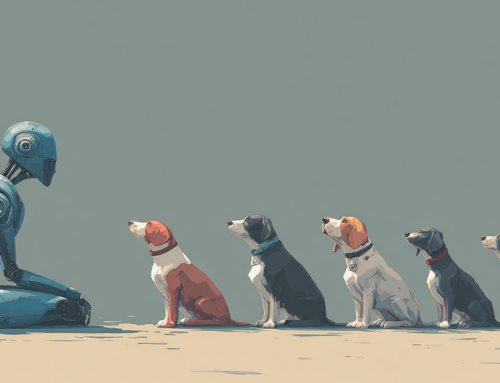
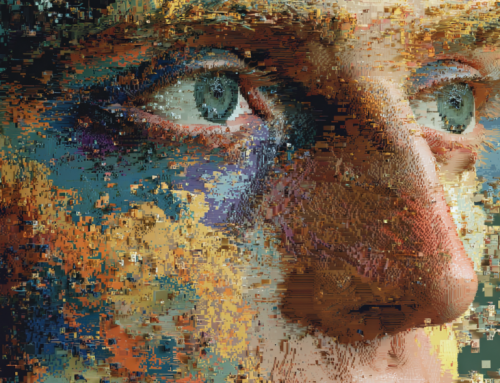
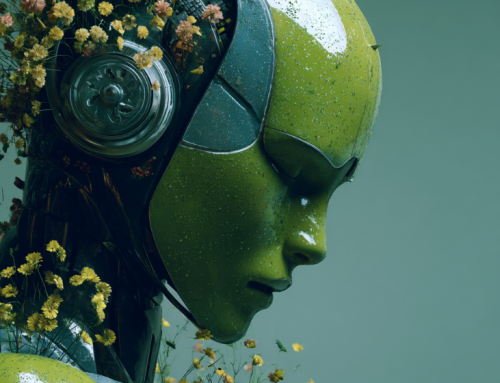
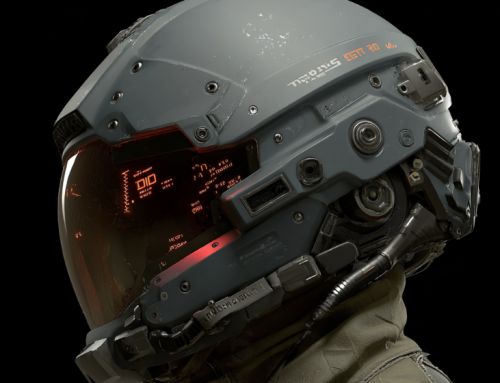
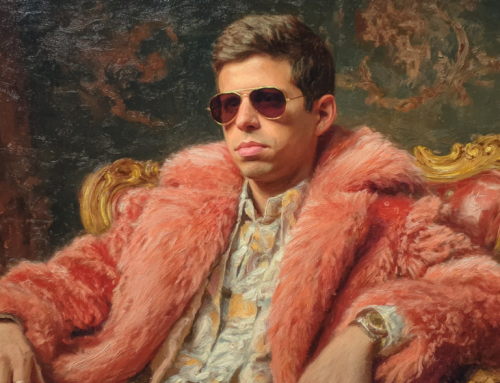

Leave A Comment